Human advancement has rested on harnessing increasingly dense sources of energy from non-human origins. Animal power, burning wood, wind technology, and water power were crucial in allowing early civilisations to develop.
The Industrial Revolution that gave humanity income levels 10-100 times higher than those of antiquity was driven by hydrocarbons which brought over 100 times the power density of wind.
Nuclear, with 10,000 times the power density of coal, has been heralded as ‘the next step’ for the last fifty years.
Yet it is a promise that has, so far, failed to eventuate. Nuclear generation supplies only four per cent of the world’s energy and accounts for 10 per cent of electricity – down from over 16 per cent 25 years ago.
Nuclear power is reliable and safe.
Deaths related to the industry are small when put into context. If considered relative to the energy supplied, deaths are two per cent those of gas, seven per cent those of hydro, and a little more than half those of wind. Yet, as Alex Epstein observes, ‘Nuclear has been so successfully catastrophised by our knowledge system and designated experts that it is virtually criminalised.’
Ultra-clean, reliable nuclear plants are being shut down despite ultra-low fuel costs. Why? Because of policies like the PTC/ITC wind/solar subsidies, set to expire, that force us to overpay for unreliable power and underpay for reliable power. Let these subsidies expire!
— Alex Epstein (@AlexEpstein) December 18, 2020
While Australia is, alongside Italy, one of the few nations that has actually banned nuclear power, elsewhere its demonisation has required increasing costs of production and scarcity of permits. There is a race underway between improved technology (that lowers the cost of ensuring nuclear safety), and increased risk aversiveness to whatever safety concerns there may be.
Risk aversiveness is winning hands-down.
As a result, estimates for the cost of a new 1,100-Megawatt plant in America range between $6 and $9 billion. In constant dollars, that is at least three times the cost 20 years ago. The costs of nuclear power require prices of between $A100 and $A160 per MWh (for Australia, half that of coal). Plant costs in Korea and India are about half those in America and, until recently, new additions to the 439 existing facilities are largely confined to these countries and China.
Motivated by policies that seek to reduce greenhouse gas emissions, and in recognition of the frailties of a weather-dependent renewable-dominated supply, nuclear is being reconsidered. The EU Parliament this month endorsed the view that nuclear (and gas) are now to be considered ‘green energy’.
France has long been the stand-out nuclear force, providing 70 per cent of the nation’s electricity. Even there, government has gone cold on nuclear in the face of green pressures and the standard myth that renewables were both representative of the future and a cheaper alternative. Late last year, President Macron announced a reversion back to nuclear energy with plans to build 14 new plants, some of which will replace existing defective plants.
In pursuit of its decarbonisation goals, Britain also plans to build 8 new reactors and boost the nuclear share of its energy sector to 25 per cent (up from its current 15 per cent). This partly reflects concerns about the wind-substitution policy and mounting opposition to new turbines. The UK’s change in leadership after the resignation of Boris Johnson will bring only a modest change in the government’s decarbonisation policy. The Prime Ministerial front-runner, Rishi Sunak, has said he is committed to Net Zero by 2050, having been influenced by his private school-educated daughters whose political interest is likely weighted toward the environment and Climate Change.
Most other countries are holding onto their anti-nuclear ideological syndrome.
Germany has closed most of its nuclear plants, and – notwithstanding its acute Russian-gas-triggered supply crisis – still plans to close its three remaining facilities in November. Their Energy Minister, who is from the Greens Party, has claimed (although it is contested) that the closures cannot be reversed because fuel rods are unavailable. A review to recalculate the costs and options was however announced on 22 July.
Australia’s nuclear energy history includes a period in the 1970s when South Australia’s Labor government had grandiose plans for reactors but this was overtaken by an ALP anti-nuclear epiphany. The Australian nuclear ban was introduced in 1998 by the Greens and supported by the ALP with no opposition from the Coalition government.
Australia is seeing some renewed interest in nuclear options, particularly with a possible emergence of Rolls Royce’s off-the-shelf small turbines. However, the company has said it does not expect these products will be commercial (whatever that might mean) until 2030.
The fact is that nuclear could not be competitive with coal (or gas if fracking technologies were widely permitted). Australia’s regulatory regime would, in present institutional settings, prove every bit as onerous and costly as that of America. Even if a radical increase in penalties imposed on coal generators were introduced, nuclear plants in Australia would struggle to profitably co-exist with subsidised wind/solar. This is because it, like a coal plant, would be forced to accommodate subsidised wind and solar and to operate at well below its capacity instead of being left to operate to its full potential – outshining its renewable counterparts.
Nuclear was the coming energy source fifty years ago. Although it has far greater potential to supplant hydrocarbons than wind, solar, or the latest impossible dream, green hydrogen, it may still be the bridesmaid fifty years hence.
Got something to add? Join the discussion and comment below.
Get 10 issues for just $10
Subscribe to The Spectator Australia today for the next 10 magazine issues, plus full online access, for just $10.

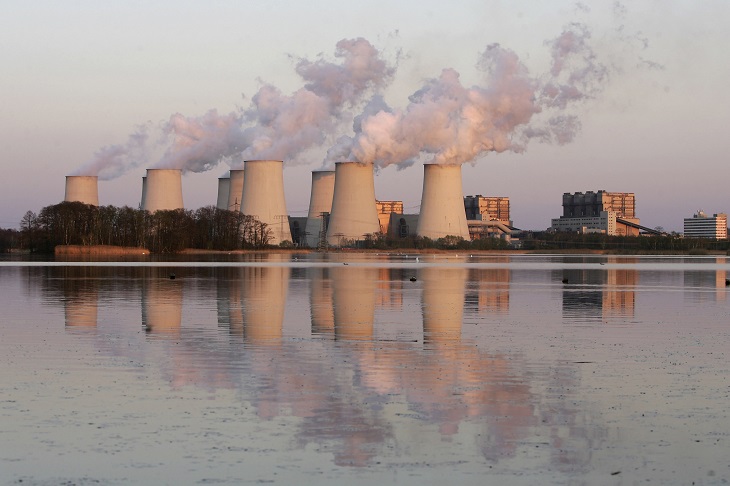
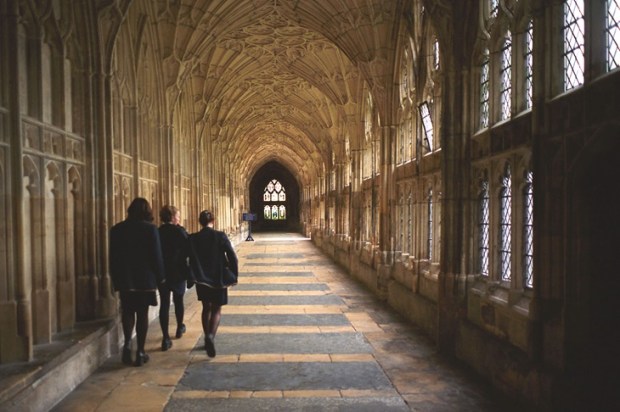
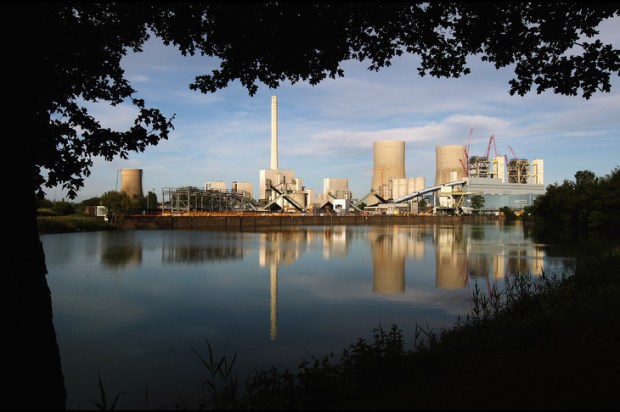
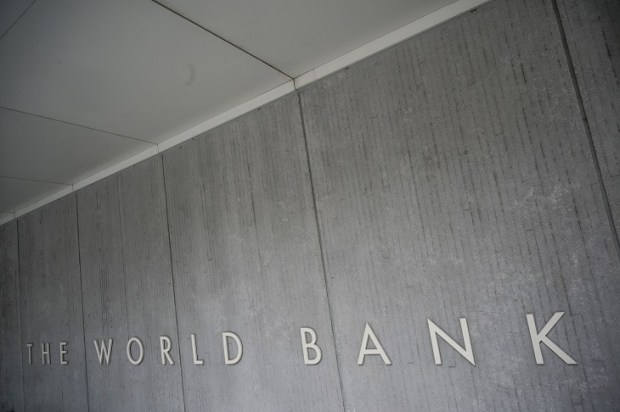
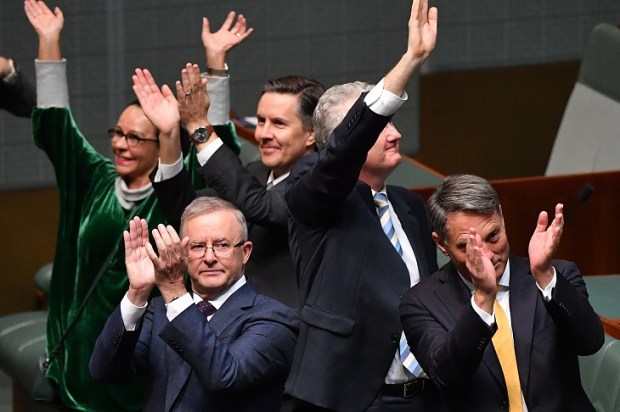
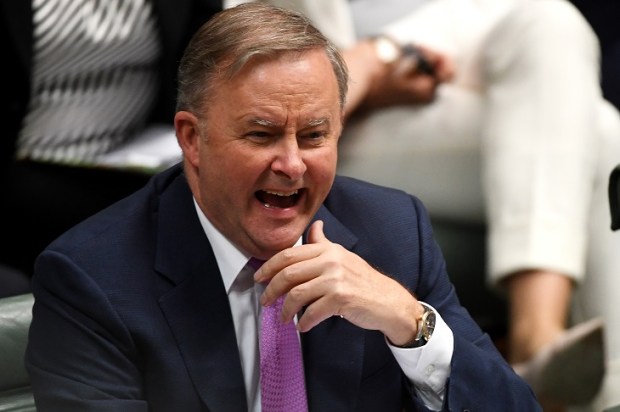
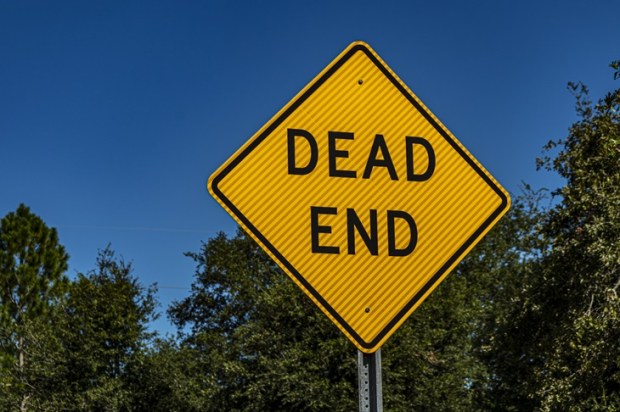


















Comments
Don't miss out
Join the conversation with other Spectator Australia readers. Subscribe to leave a comment.
SUBSCRIBEAlready a subscriber? Log in